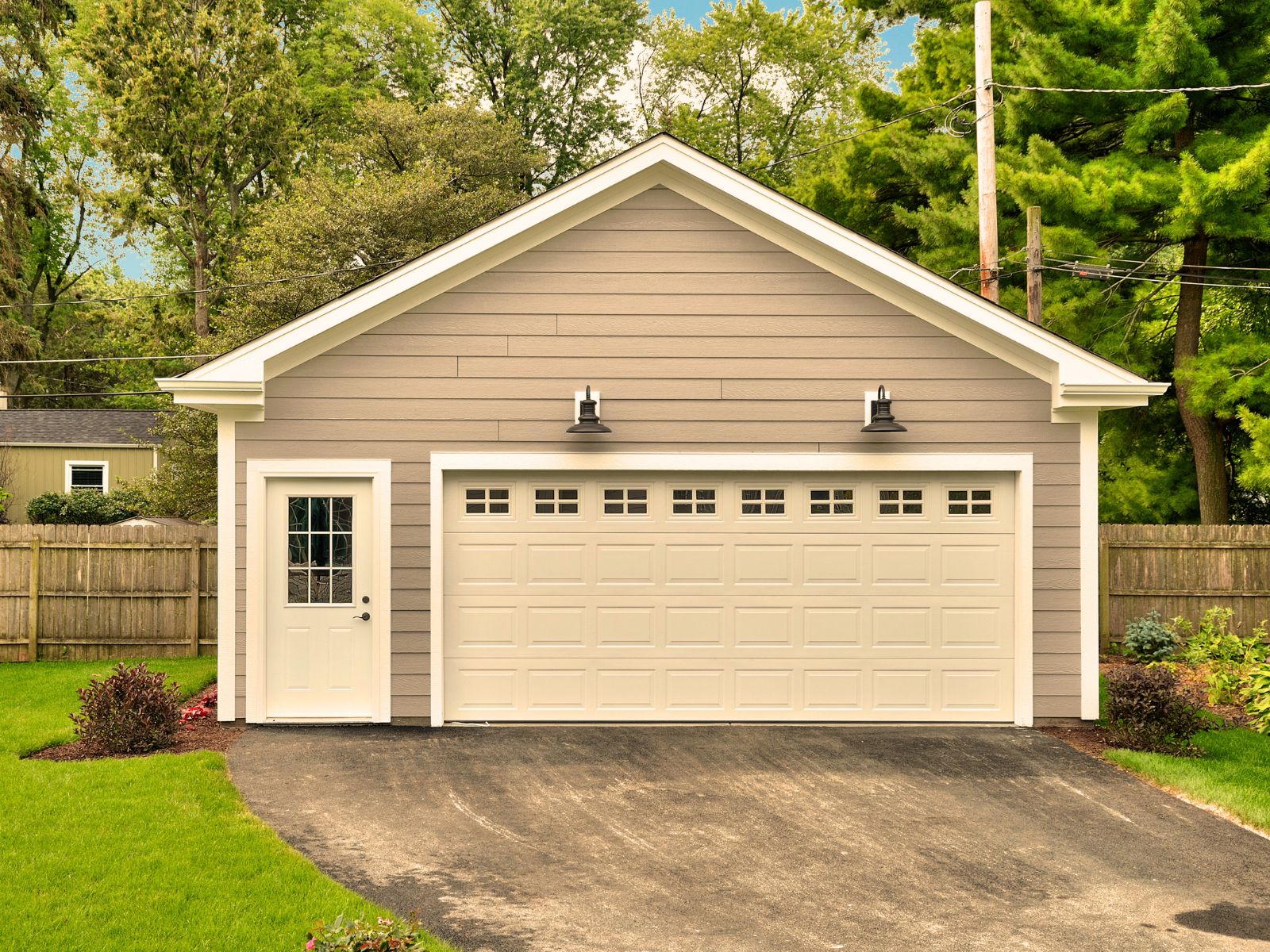
It’s a common question among homeowners, especially during the hot summer months: “Can my garage overheat?” Most garages are prone to overheating due to common design and ventilation issues.
The simple answer is yes, a hot garage is a common problem for homeowners, especially in summer, as garages can significantly overheat, impacting not only comfort but also potentially causing damage to stored items and garage equipment.
Overheating is a common problem that can affect both comfort and the condition of items stored in the garage.
Why Does Garage Temperature Get So Hot?
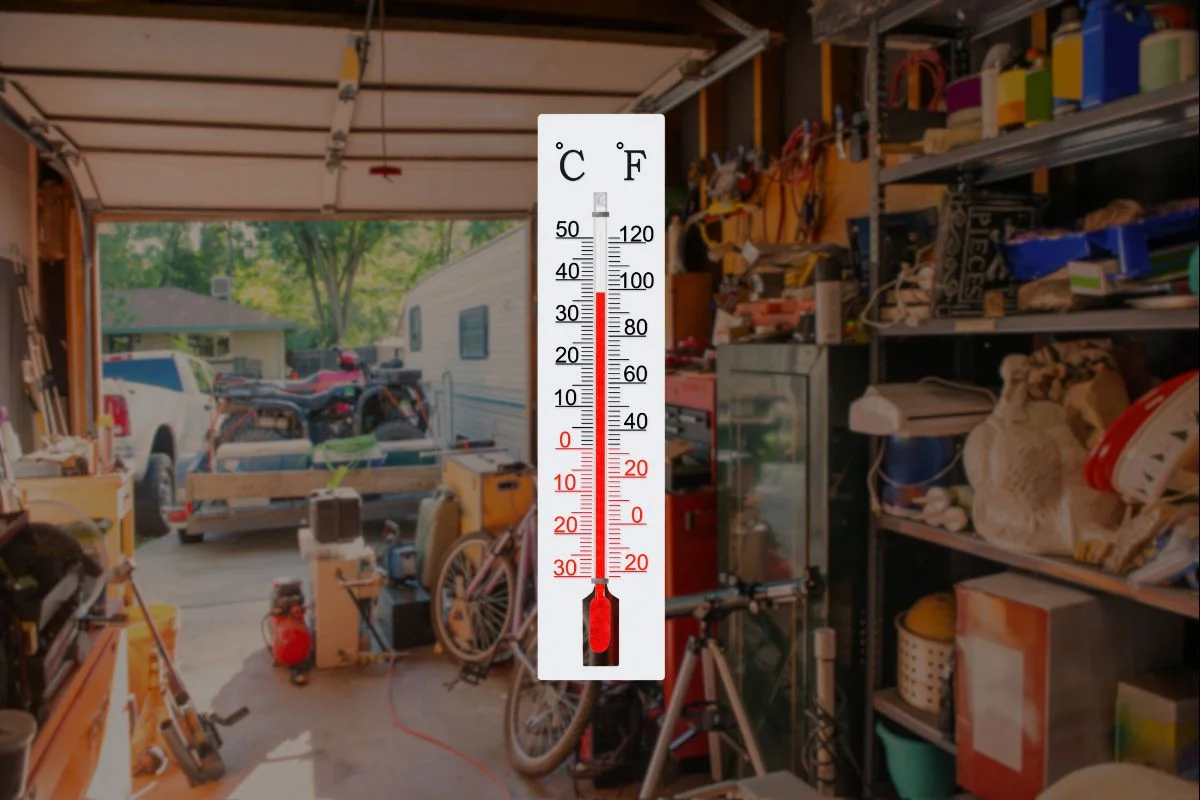
Garages often overheat due to:
- Limited Ventilation: Garages typically lack adequate airflow, trapping heat and increasing indoor temperatures as warm air accumulates and cannot escape.
- Sun Exposure: Direct sunlight hitting garage doors, especially those with poor insulation, increases heat significantly. The roof and metal surfaces can absorb and emit heat, further raising the garage’s temperature.
- Poor Insulation: Non-insulated or inadequately insulated doors let heat easily seep inside. Insulating the garage is important to regulate garage temperature and prevent excess heating.
Light, especially from direct sunlight, can raise the garage’s temperature. Using light-colored or reflective surfaces can help reflect light and reduce heat buildup.
Warm air often accumulates in the garage due to poor ventilation, so proper airflow is needed to remove warm air and maintain a comfortable environment.
Appliances or equipment in the garage can emit heat, further increasing the temperature and making the space warm.
Garage Door Considerations
When it comes to keeping your garage cool, the type and color of your garage door can make a big difference. Darker garage doors tend to absorb more heat from the sun, making your garage hotter, while lighter colors reflect sunlight and help keep your garage cooler. If you’re looking to significantly reduce heat transfer, consider upgrading to an insulated door. An insulated garage door acts as a barrier, helping to maintain a more stable temperature inside your garage, even during the hottest days. Regular maintenance is also key—lubricating the garage door motor and ensuring all parts are properly aligned can prevent unnecessary strain and overheating. By choosing the right garage door and keeping it in top shape, you can keep your garage cooler and more comfortable all year long.
Garage Design and Layout
The overall design and layout of your garage play a crucial role in controlling its temperature. Proper insulation in the walls, ceiling, and even the floor can help keep hot air out and cool air in. Installing windows or vents allows fresh air to circulate, pushing hot air out and bringing cooler air in. If you have a west-facing garage, you might notice it gets especially hot in the afternoon—using shades or blinds on garage windows can help block out the sun’s intense rays. Organizing your garage to reduce clutter not only makes the space more functional but also improves airflow, helping to keep the temperature down. By focusing on proper insulation, strategic window placement, and thoughtful organization, you can create a garage that stays cooler, even in the heat of summer.
Garage Door Considerations
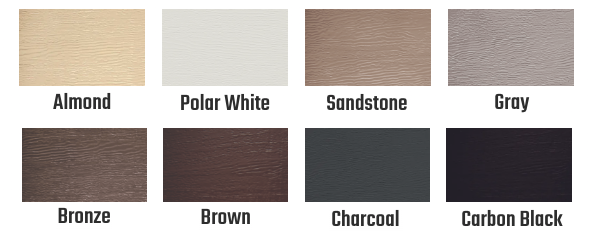
When it comes to keeping your garage cool, the type and color of your garage door can make a big difference. Darker garage doors tend to absorb more heat from the sun, making your garage hotter, while lighter colors reflect sunlight and help keep your garage cooler. If you’re looking to significantly reduce heat transfer, consider upgrading to an insulated door. An insulated garage door acts as a barrier, helping to maintain a more stable temperature inside your garage, even during the hottest days. Regular maintenance is also key—lubricating the garage door motor and ensuring all parts are properly aligned can prevent unnecessary strain and overheating. By choosing the right garage door and keeping it in top shape, you can keep your garage cooler and more comfortable all year long.
Garage Design and Layout
The overall design and layout of your garage play a crucial role in controlling its temperature. Proper insulation in the walls, ceiling, and even the floor can help keep hot air out and cool air in. Installing windows or vents allows fresh air to circulate, pushing hot air out and bringing cooler air in. If you have a west-facing garage, you might notice it gets especially hot in the afternoon—using shades or blinds on garage windows can help block out the sun’s intense rays. Organizing your garage to reduce clutter not only makes the space more functional but also improves airflow, helping to keep the temperature down. By focusing on proper insulation, strategic window placement, and thoughtful organization, you can create a garage that stays cooler, even in the heat of summer.
Risks of an Overheated Garage
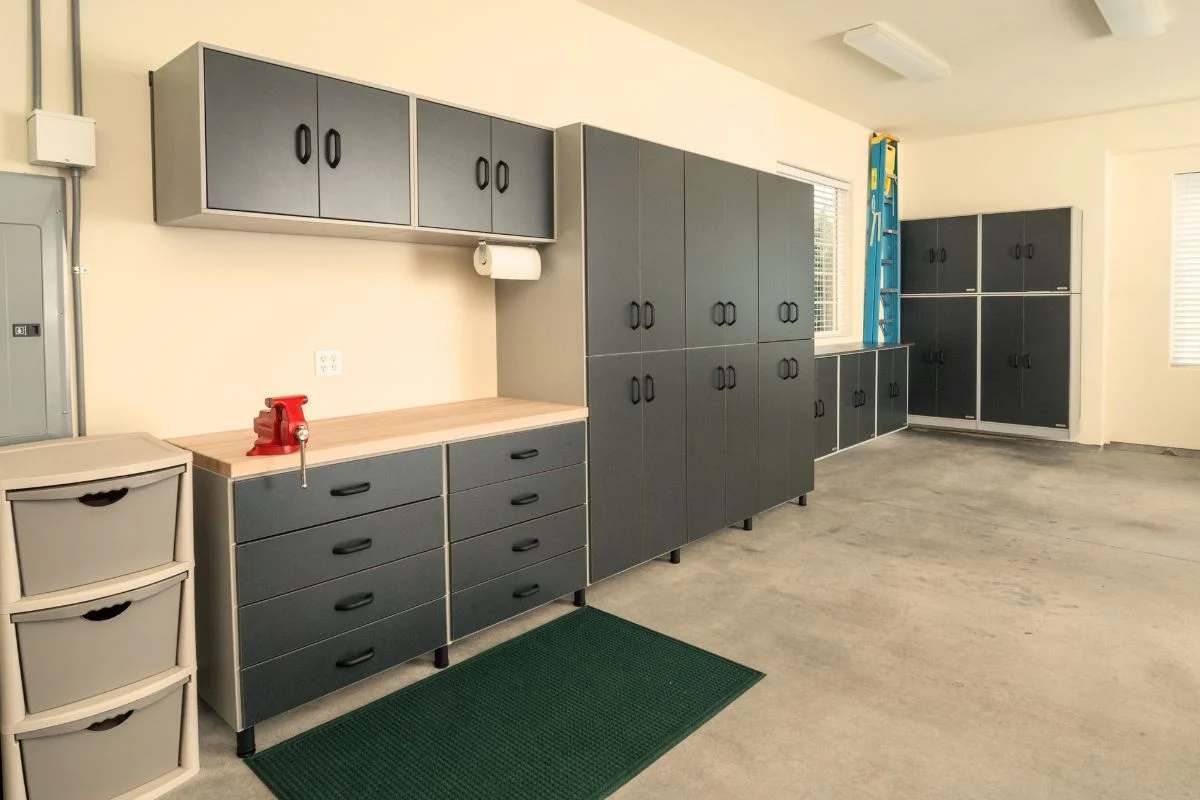
Excessive heat in a garage can lead to:
- Damage to Stored Items: Heat-sensitive belongings like paint, electronics, and tires may deteriorate.
- Mechanical Stress: Garage door openers and mechanisms may strain and deteriorate quicker. The garage door opener, as an electronic device, can overheat if you operate the garage door frequently or repeatedly within a short period, which may require necessary repairs or professional garage door repair to restore safe operation.
- Reduced Comfort: If you use your garage as a workspace or hobby area, overheating can make it uncomfortable or unusable.
Parking a hot car in the garage can also emit heat, increasing the overall temperature and raising the risk of damage to stored items.
Tips to Prevent Garage Overheating with Proper Ventilation
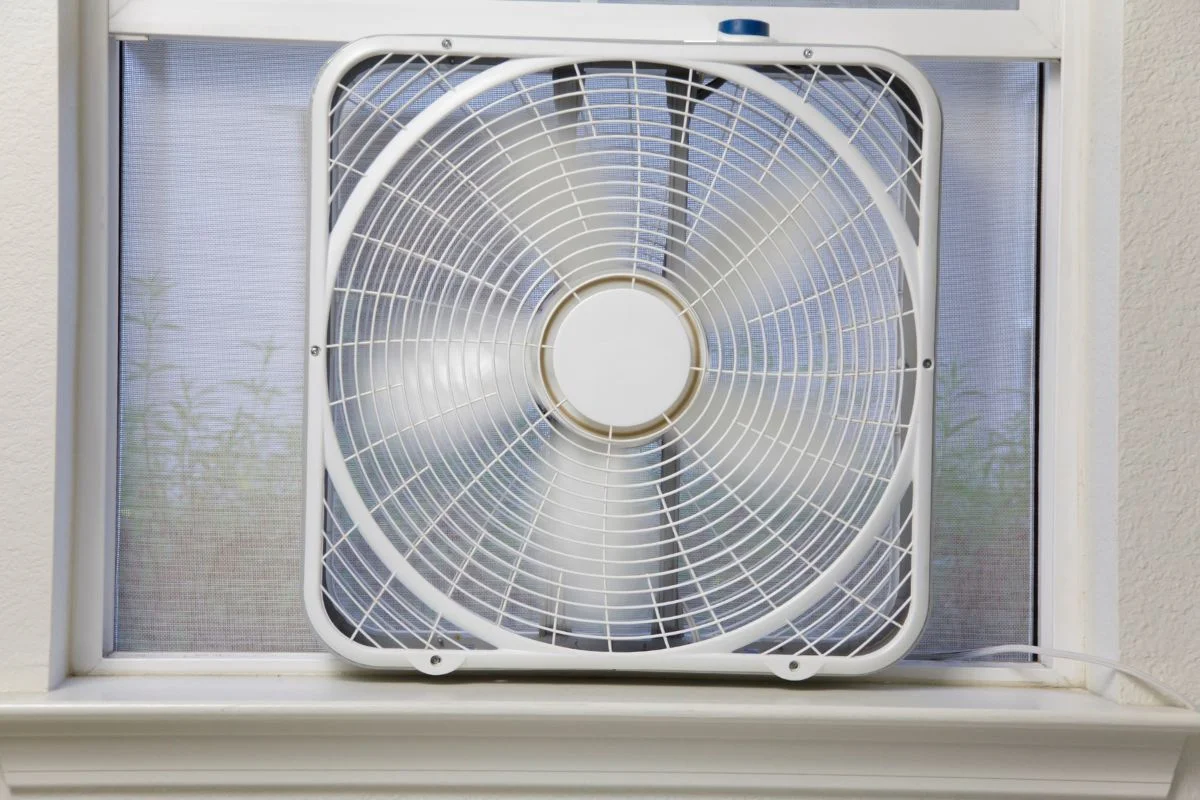
- Improve Ventilation: Install vents, fans, or even portable AC units for better air circulation. Make sure all ventilation systems are properly installed to ensure optimal performance and safety. You can also use open windows to allow outside air to circulate, which helps reduce heat buildup without leaving the garage door open.
- Control Moisture and High Humidity: Use dehumidifiers to manage high humidity and moisture levels in the garage. Reducing moisture improves air quality, prevents mold and odors, and creates a more comfortable environment, especially during humid weather.
- Cool at Night or Morning: Take advantage of cooler temperatures at night or early in the morning by ventilating the garage during these times. Opening doors or windows in the morning helps vent out heat before temperatures rise.
- Insulate Garage Doors and Walls: Upgrading to insulated doors and adding insulation to garage walls helps significantly reduce heat transfer. Proper insulation keeps the garage warm in winter and prevents cold air from entering, protecting stored items and improving energy efficiency for both the garage and the house.
- Leverage the Power of Color and Activity Management: The power of color selection, such as using lighter colors, can reflect heat and help control garage temperature. Managing heat-generating activities can also prevent temperature spikes.
- Example of Parking Strategies: For example, parking your car outside temporarily after driving allows residual engine heat to dissipate, reducing heat buildup in the garage and making it easier to cool down the space.
- Connect Garage and House Temperature: The temperature of your house and garage are connected. Proper insulation in the garage can benefit the overall energy efficiency and comfort of your home.
Garage Doors and Ventilation
Proper ventilation is essential for keeping your garage cool, especially during hot weather. Installing a ventilation system, such as a ceiling fan or box fans, can help move hot air out and bring cooler air in. For even more effective cooling, consider using a portable air conditioner or installing a dedicated air conditioning unit in your garage. It’s also important to make sure your garage door is well-insulated and sealed to prevent hot air from seeping in. Regularly checking and maintaining both your garage door and your ventilation system can help prevent garage door overheating and keep energy costs in check. By combining good ventilation with an insulated garage door, you can keep your garage cool and comfortable, even during the hottest summer months.
Garage Doors and Ventilation
Proper ventilation is essential for keeping your garage cool, especially during hot weather. Installing a ventilation system, such as a ceiling fan or box fans, can help move hot air out and bring cooler air in. For even more effective cooling, consider using a portable air conditioner or installing a dedicated air conditioning unit in your garage. It’s also important to make sure your garage door is well-insulated and sealed to prevent hot air from seeping in. Regularly checking and maintaining both your garage door and your ventilation system can help prevent garage door overheating and keep energy costs in check. By combining good ventilation with an insulated garage door, you can keep your garage cool and comfortable, even during the hottest summer months.
When to Seek Professional Help for Garage Door Repair
If your garage consistently overheats, professional guidance can help identify the best solutions tailored to your space and needs. Blue Jay Garage Doors specializes in insulated garage door solutions and ventilation improvements to keep your garage cool and functional year-round.
Contact us at Blue Jay Garage Doors today for expert advice and solutions that enhance the comfort and usability of your garage!
Conclusion and Final Tips
In conclusion, keeping your garage cool is all about combining proper insulation, effective ventilation, and smart design choices. Understanding the common reasons for heat buildup—like poor ventilation and heat transfer through uninsulated doors—can help you take targeted action. Remember to choose lighter colors for your garage door and walls, install a ceiling fan or ventilation system, and keep your garage organized to improve airflow. Adding insulation to your garage door, walls, and ceiling can make a big difference in maintaining a cooler space and reducing energy costs. Regular maintenance of your garage door and ventilation system ensures they continue to work efficiently. By following these tips and strategies, you can keep your garage cool, comfortable, and energy-efficient all year round.
Final Tips
In conclusion, keeping your garage cool is all about combining proper insulation, effective ventilation, and smart design choices. Understanding the common reasons for heat buildup—like poor ventilation and heat transfer through uninsulated doors—can help you take targeted action. Remember to choose lighter colors for your garage door and walls, install a ceiling fan or ventilation system, and keep your garage organized to improve airflow. Adding insulation to your garage door, walls, and ceiling can make a big difference in maintaining a cooler space and reducing energy costs. Regular maintenance of your garage door and ventilation system ensures they continue to work efficiently. By following these tips and strategies, you can keep your garage cool, comfortable, and energy-efficient all year round.

